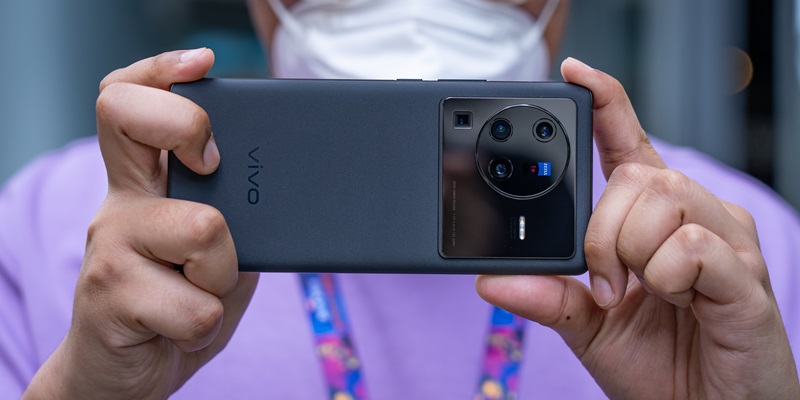The world of smartphones is witnessing an exciting development as Vivo, one of China’s leading smartphone manufacturers, enters the testing phase for adding satellite communication capabilities to its upcoming flagship model, the Vivo X100 Pro+. This move aligns with a growing trend in the market where manufacturers are recognizing the potential of integrating satellite communication functionality into their devices.
Growing trend in the smartphone market
The inclusion of satellite communication functionality in smartphones is gaining traction in the industry. Prior to Vivo’s venture, Huawei’s Mate 60 Pro and Oppo’s Find X7 series had already prioritized this feature, recognizing its significance in expanding connectivity options for users. The integration of satellite communication now marks a shift in the paradigm of smartphone capabilities.
Vivo’s experimentation expands beyond flagship models
Vivo’s experimentation with satellite communication goes beyond its flagship models. China Telecom, in collaboration with Vivo, recently introduced the Tianyi Bolton S9, a 5G satellite dual-mode communication phone. This device incorporates China’s self-developed Tiantong satellite mobile communication system, enabling seamless nationwide communication without the need for SIM card changes. Priced reasonably at $650, the Tianyi Bolton S9 is set to revolutionize communication accessibility in China.
Increasing interest in satellite communication
Vivo’s decision to test satellite communication capabilities in the X100 Pro+ model highlights the increasing interest in this feature among both manufacturers and consumers. The potential advantages of satellite communication, such as broader coverage, reliable signal reception, and improved communication during emergencies or in remote areas with limited network availability, have captured the attention of industry players.
Expectation of Satellite Communication as a Standard Feature
As more industry players actively explore satellite communication technology, it is expected to evolve into a standard feature in mobile devices in the near future. Vivo’s bold move is setting a precedent, signaling that smartphone manufacturers are embracing this new connectivity feature, aiming to provide users with even more versatile communication options.
Pushing the boundaries of connectivity
By embracing satellite communication capabilities, Vivo and other smartphone manufacturers are pushing the boundaries of connectivity. Traditionally, smartphones have relied on terrestrial networks, but with the integration of satellite communication, users can enjoy enhanced connectivity and communication experiences. This advancement could potentially herald a new era of connectivity, connecting even the most remote regions of the world.
Enhanced Communication in Remote Areas and Emergencies
The integration of satellite communication opens up possibilities for enhanced communication experiences in remote areas and during emergencies. In areas with limited terrestrial network coverage, smartphones equipped with satellite communication capabilities provide a lifeline, ensuring seamless communication for users. During emergencies, when traditional networks may be overloaded or unavailable, satellite communication can prove invaluable, enabling users to stay connected and seek assistance.
The impact of satellite communication integration
The integration of satellite communication in smartphones marks a significant milestone in the evolution of mobile communication. This breakthrough technology introduces a wide range of possibilities, such as improved global connectivity, augmented emergency response capabilities, and enhanced communication options for travellers and explorers. With satellite communication becoming a standard feature, users will have the power to stay connected wherever they are, regardless of network limitations.
Vivo’s ambitious move to test satellite communication capabilities in its upcoming Vivo X100 Pro+ highlights the industry’s recognition of the potential of this feature. As smartphone manufacturers actively explore satellite communication technology, it is anticipated that it will become a standard feature in mobile devices, heralding a new era of connectivity. This development promises enhanced communication in remote areas, improved emergency response, and a more connected world. With each stride towards embracing satellite communication, smartphones are becoming powerful tools that transcend geographical boundaries, ensuring seamless and reliable communication for all.

